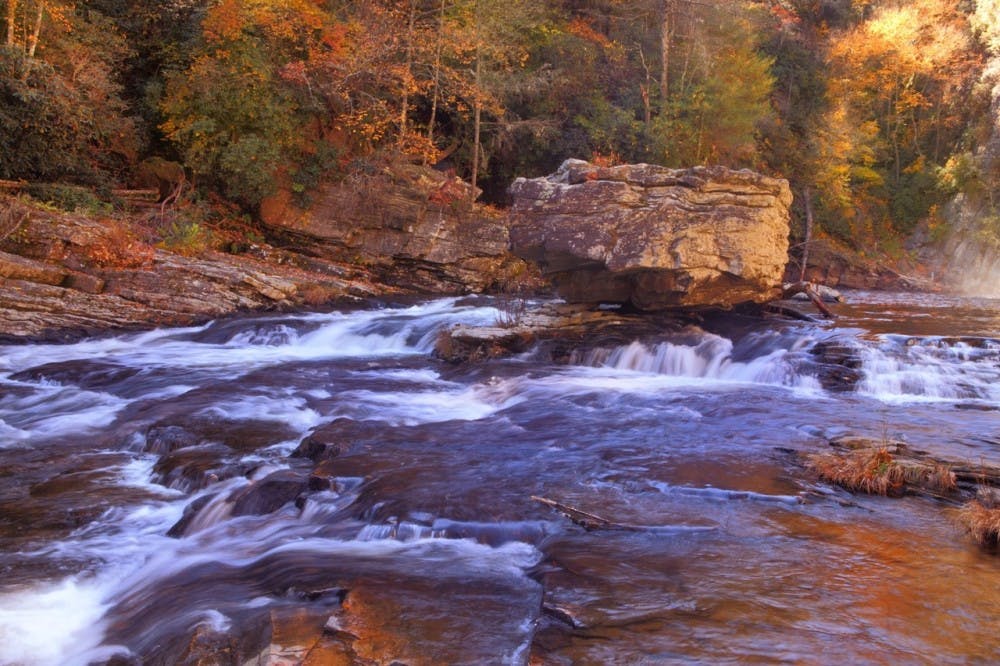Tourism in western North Carolina has increased in recent years, driven by the appeal of the region's fall foliage.
Beverly Collins, a biology professor at Western Carolina University, uses science to predict the success of the season’s tourism. She said clear, sunny days and cold nights hurry the process of chlorophyll degradation.
“We had a really good year this year for photosynthesis, so the trees have been making lots of sugars — and that means they’ve been adding a lot of chlorophyll and other pigments to their leaves," Collins said.
She said as the weather gets colder, trees don't make as much chlorophyll. As the chlorophyll begins to degrade, the other pigments in the leaves become visible.
"Because the trees have put a lot of energy into making those pigments this year, they should be pretty bright,” Collins said.
Steve Morse, the director of the hospitality and tourism program at WCU, said much of the region’s new tourism stems from an outdoor recreation industry that has taken off.
“Nine of the top 11 counties in tourist expenditure growth (last year) were in western North Carolina,” he said.
Eleanor Talley, a spokesperson for Visit NC, said fall is incredibly important to western North Carolina’s tourism, which is aided by the season's colors.
“We’re able to pinpoint the foliage forecast on Visit North Carolina over the course of the fall, so people who are trying to come and see fall color can find out where the peak color is,” she said.



